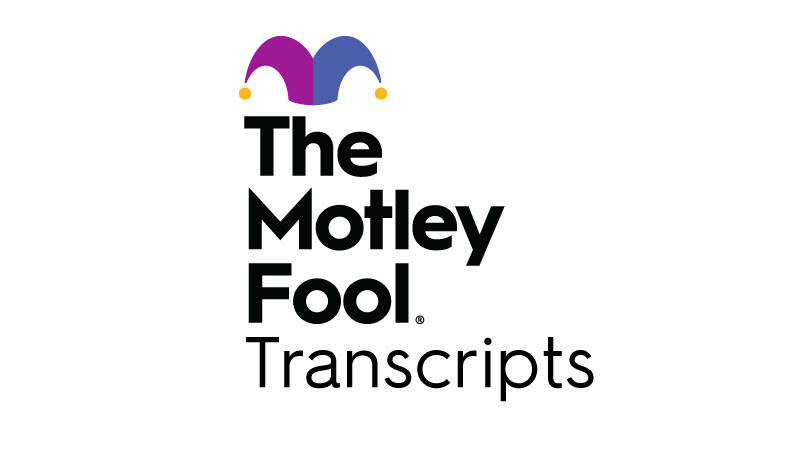You can tap into your retirement savings early for disaster relief. But should we?

California wildfires have devastated families, businesses, and entire communities. According to a recent analysis, initial property losses from fires could be as high as $45 billion. Insurance may cover some of these losses, but in many cases, there is no solid recourse, so you end up facing high out-of-pocket costs.
Fortunately, you can use your retirement savings to pay for damages related to a federally declared disaster, but there are key rules you need to understand before doing so. And even if you qualify, it may not be the best option.

Image source: Getty Images.
Rules for Disaster Relief Retirement Account Distributions
The SECURE 2.0 Act, passed in late 2022, included provisions that would allow Americans under age 59 1/2 to tap into their retirement savings under certain circumstances without the usual 10% early withdrawal penalty.
First, it only applies to people who have suffered economic loss due to a federally declared disaster. You can use FEMA’s disaster search to see if you qualify.
If this applies to you, you can withdraw up to $22,000 from an IRA or an employer-sponsored retirement plan such as a 401(k) or 403(b). The $22,000 limit is the maximum amount you can withdraw from all of your retirement accounts, rather than from each retirement account individually. This must be done within 180 days of the first date of the incident period or the date of the disaster declaration, whichever is later.
You’ll still have to pay taxes on these distributions, but you can spread them out over three years instead of paying them all in the year you withdraw the funds. You may, but are not required to, repay these distributions. If you pay the money back later, you can file an amended return for any year you paid taxes on this distribution.
For example, if you take a withdrawal in 2025 and spread the tax out before paying it in full in 2027, you will not pay taxes on these distributions in 2027 and will receive a refund of the taxes you paid in 2025 and 2026 if: You can. File an amended return for the year.
401(k) loans are also an option for some people. Your employer may allow you to withdraw more than the standard amount and give you an extra year to pay it back. Again, to qualify, you must have suffered economic loss as a result of a federally declared disaster. However, it is up to the company to decide whether to offer more lenient loan terms.
It’s a mixed bag
Being able to withdraw your retirement savings without penalty gives you one less thing to worry about in an already stressful situation. This is especially beneficial for people who have difficulty obtaining bank loans for important expenses. Your retirement savings will always be yours, so you don’t have to worry about credit checks or loan applications.
However, if you can find another way to get the money you need, it’s best to do so. Even if you repay your disaster relief distributions, you’re still taking money out of your retirement account, which means you’re missing out on the opportunity to earn a return on those funds.
This can make it more difficult to retire as you originally planned. When you’re able to start saving again, you may need to save even more money than before. Or, you may need to delay retirement to give yourself more time to save.
That’s why you should explore all your options, including traditional loans, before choosing to withdraw from your retirement accounts. If you decide to proceed, take out only what you need and be careful not to exceed the $22,000 limit.



